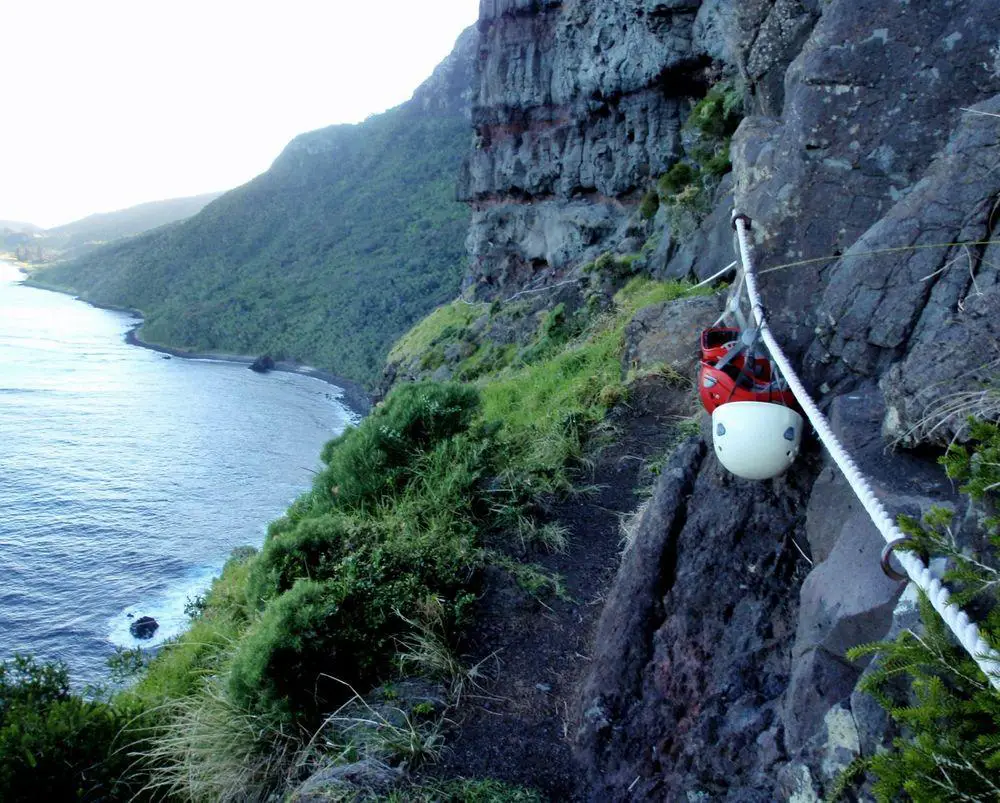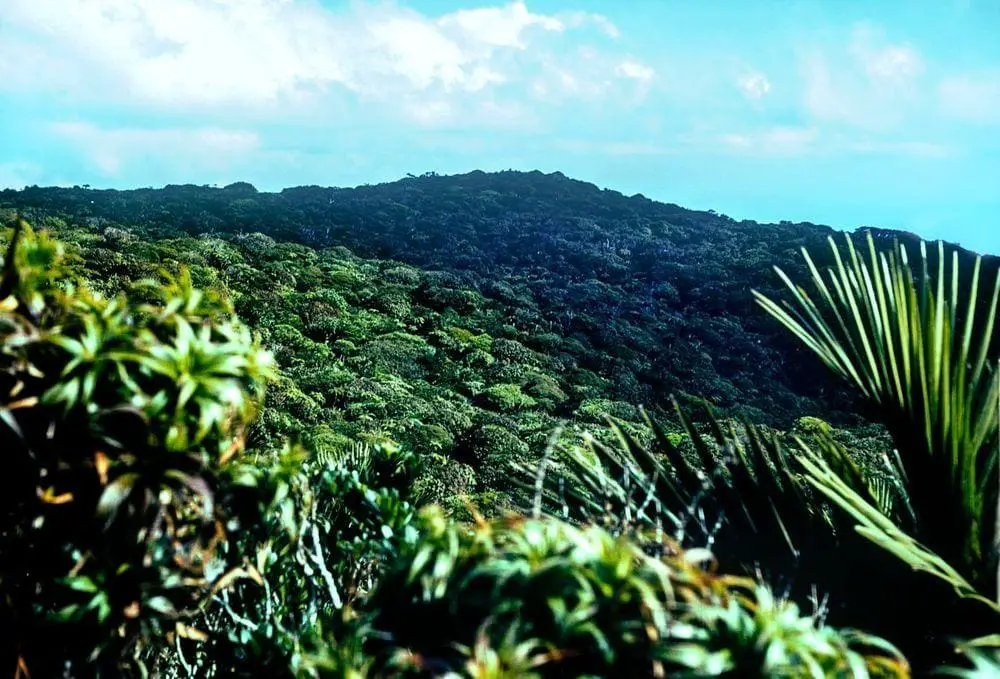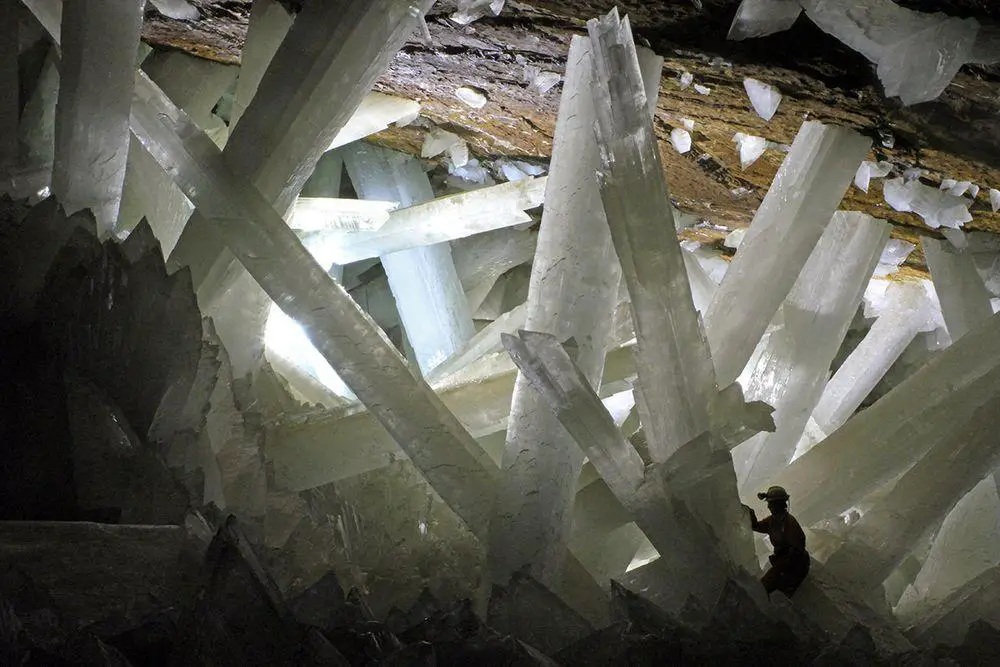Wonder
Lord Howe Island – refuge of unique species
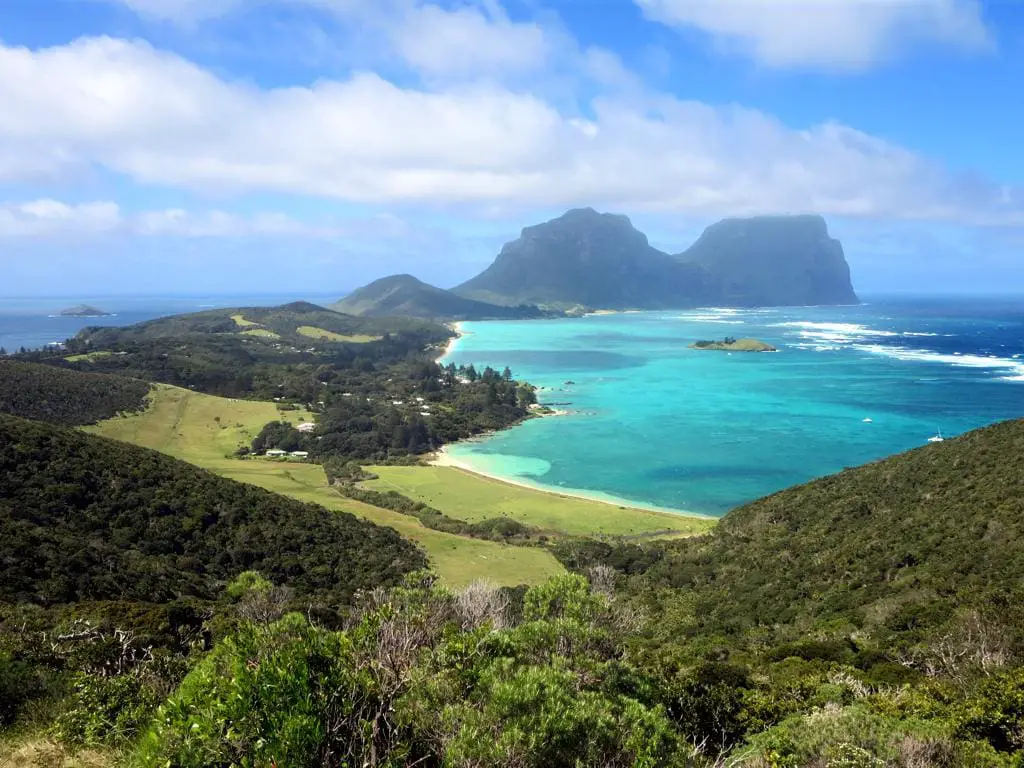
 In short
In short
The contemporary Lord Howe Island is just a small piece of once enormous island. For millions of years, unique plants and animals evolved on this large island… which became smaller and smaller. Now many hundreds of unique species are crammed on the remaining crumble of land in the immense ocean.
 67.8%
67.8%
GPS coordinates
Location, address
Area
UNESCO World Heritage status
Map of the site
If you see this after your page is loaded completely, leafletJS files are missing.
 In detail
In detail
Geological history
Some 7 million years ago an enormous volcano rose from the 2 kilometers deep Tasman Sea and through gargantuan eruptions created a large island.
As time went by, the island was populated by plants and animals. Island is far from other continents and islands – thus the life here developed on its own and one after another there appeared unique plants and animals. At the same time, waves eroded it step by step.
Now only some 0,25% of the original island remains above the sea – contemporary Lord Howe Island is only 11 by 2 km large. Nevertheless, this is a gorgeous island with impressive hills. The highest summits on this small island are Mount Gower (875 m) and Mount Lidgbird (777 m) – both in the southern part of the island.
Erosion of the island continues and it will disappear under the waves over the next 200 thousand years.
Human history
It seems, Polynesians did not find this island. Europeans for the first time saw the island in 1788 – the island was named after the admiral of the British fleet Richard Howe. In 1830ies was founded small village and villagers released pigs, cats, and quite a few other invasive species which later created much damage to the local ecosystem.
The unique value of the local ecosystem was recognized early – already in 1878 here was declared a Forest Reserve and tourism started to develop in the 1880ies. One of the unique plants brought good income to the islanders – local Kentia palm (Howea forsteriana) turned out to be a much-desired house plant that adorned (and still adorns) the best palaces and hotels in faraway Great Britain and other countries of the world.
Lord Howe Island was one of the early UNESCO World Heritage monuments – it was included in the list already in 1982. Here are ongoing also impressive activities to eradicate invasive animals and plants – slowly, step by step humans are succeeding.
Tourism is limited too – additionally to some 350 local inhabitants at one time here may come up to 400 visitors. This is an exclusive and gorgeous destination, in many aspects without analogs in the world.
The small paradise
Few islands in the world are as beautiful as Lord Howe Island. The incredibly blue sea and the emerald-green island with its steep mountains represent the southern seas at their best. Best preserved natural forests grow in the hills to the south and to the north from the village – on both ends of the island. These mounts are covered with lush vegetation – unique temperate cloud forest and palm forest. Especially impressive is the cloud forest around the summit of Mount Gower – while most of the island often is basking in the sunshine, this forest for most time is covered with a cloud.
There are also numerous caves on the island – some quite long, as well some spectacular waterfalls which form after the rain. Admiralty Island has a natural arch – “Arcade”.
Visitors happily are taking the enchanting (and strenuous!) walks in the hills, diving in the most southerly coral reef of the world (yes, one more peculiarity of Lord Howe Island!), enjoying the fearless and amusing birds, and taking incredibly tasty meals.
But some people feel here even more excited – those who have a somewhat deeper interest in biology. Judge yourselves: for example, here grow 241 species of plants. 113 of these plants are found only here and nowhere else in the world! Or… here live more than 1600 species of insects and nearly 1000 of them – again, only here! Sealife is no less impressive: divers can observe more than 500 fish species and 90 coral species – many of them unique.
Some specialties of Lord Howe Island
- Kentia palm (Howea belmoreana) and also Howea forsteriana. The beautiful kentia palm is popular indoor plant around the world – but in nature it grows only here. Growing of these plants is one of the main business activities on the island next to tourism.
- Lord Howe Island Phasmid (Dryococelus australis) – world’s largest stick insect which was extinct on the main island by 1920ies due to rats and mice. Earlier it was very common – fishermen even used them as baits for fish. It was rediscovered on Ball’s Pyramid – another spectacular cliff 24 km to the south-east from the main island in February 2001. There were only 24 live insects remaining in one bush but since 2009 the species is reintroduced on Lord Howe Island.
- Lord Howe Island white eye (Zosterops tephropleura) – small bird, eating garden fruits and insects;
- Lord Howe Woodhen (Gallirallus sylvestris) – flightless bird. It almost went extinct but now its numbers re increasing and reached some 220;
- Metrosideros nervulosa and Metrosideros sclerocarpa – called also mountain roses. Beautiful shrubs with bright colored flowers;
- Lord Howe Island skink (Oligosoma lichenigera) and Lord Howe Island gecko (Christinus guentheri) – small lizards, both found also on Norfolk Island;
- Lord Howe Island placostylus (Placostylus bivaricosus) – enormous land snail, with up to 7 cm long shell;
- Lord Howe Island stag beetle (Lamprima insularis) – glittering green beetle, some 2 cm long;
- Moorei orchid (Dendrobium moorei) – orchid with white flowers.
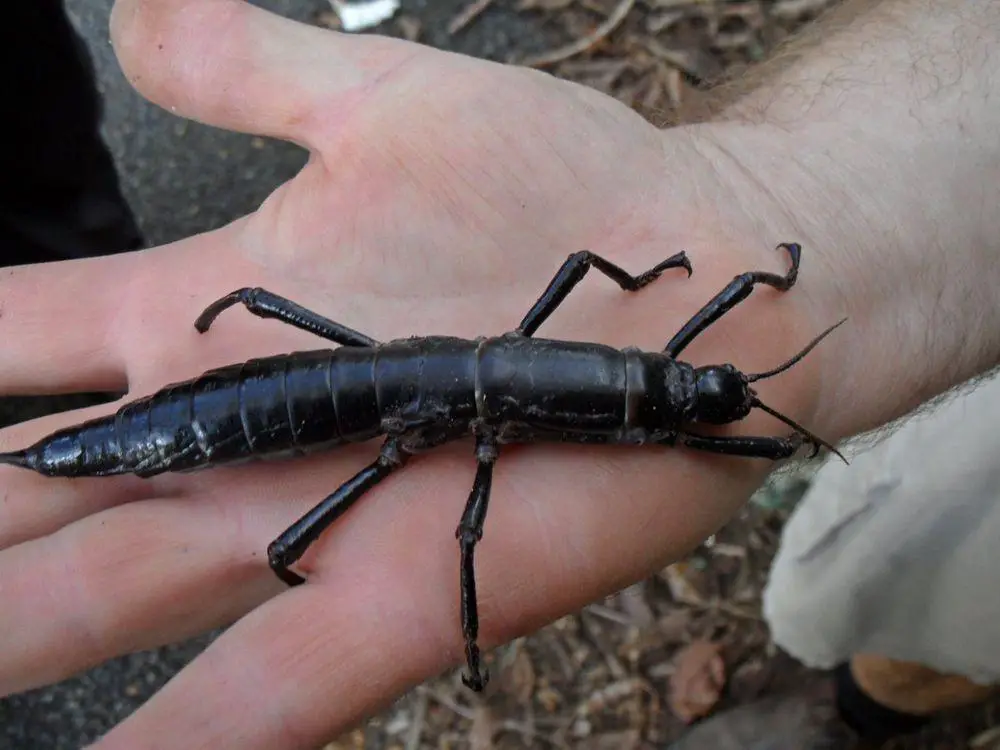
A famous peculiarity of the island is its glowing mushrooms, mainly Mycena chlorophanos and Omphalotus nidiformis which may glow for several days after they are picked. These mushrooms emit enough light to allow them to read in the night next to them. Glowing mushrooms appear after heavy rains and their glow is regulated – e.g. they “switch on” the glow when it is dark. These mushrooms are not unique to the Lord Howe Island but here they seem to be more common – or just closer to the eye of curious visitors.
References
- Australian Government, Department of the Environment and Energy. World Heritage Places – Lord Howe Island Group. Accessed on 25th September 2018.
- Lord Howe Island Museum. Accessed in 29th October 2018.
- S. J. Paramonov. Lord Howe Island, A Riddle of the Pacific, Part III. PACIFIC SCIENCE, Vol. XVII, July 1963.
Lord Howe Island is included in the following article:
 Linked articles
Linked articles
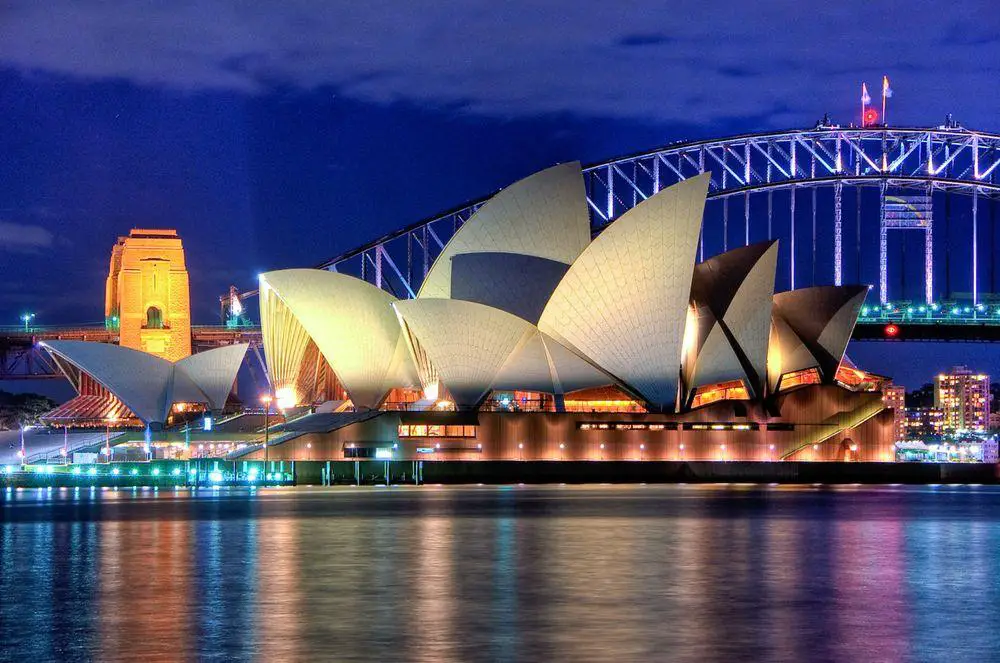
Wonders of Australia
The enormous and diverse area of Australia contains countless amazing and unique monuments. Parts of the country have not been thoroughly investigated and sometimes there are reported new, surprising finds.
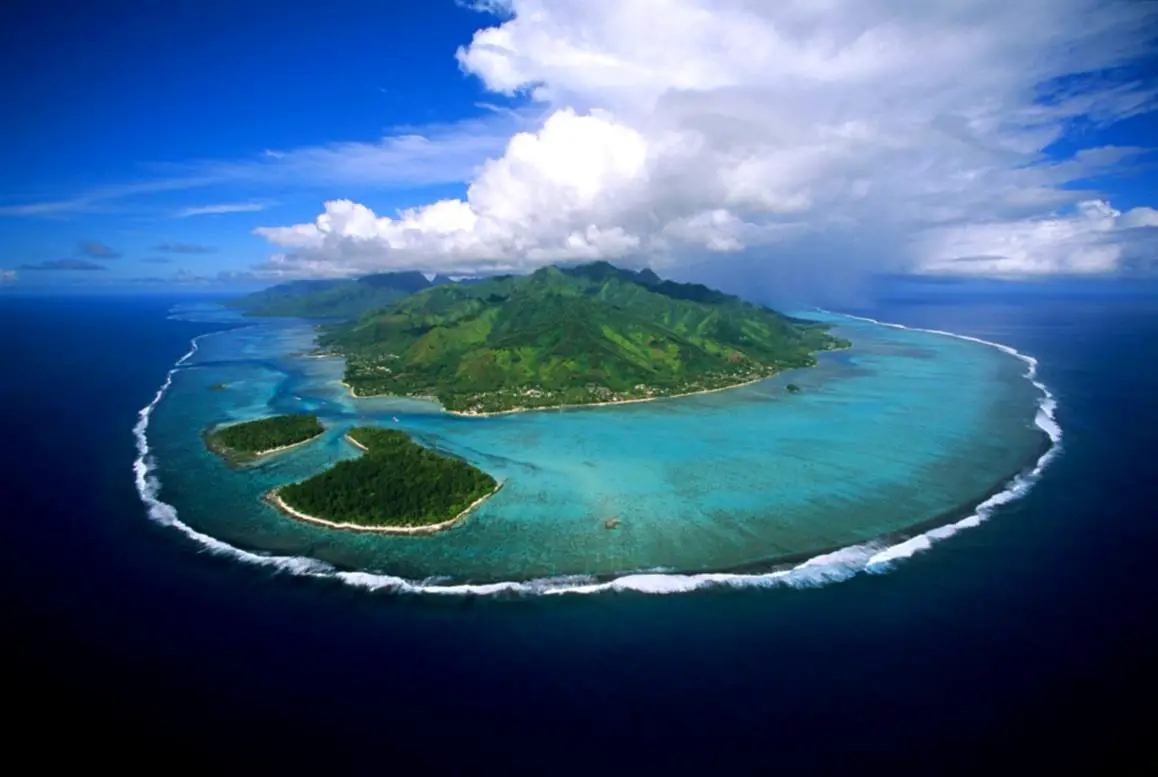
Wonders of Australia and Oceania
The word “exotic” definitely refers to Australia and Oceania. Here are located many unique and mysterious landmarks, many places here deserve to be called – “One of the most beautiful places in the world”.
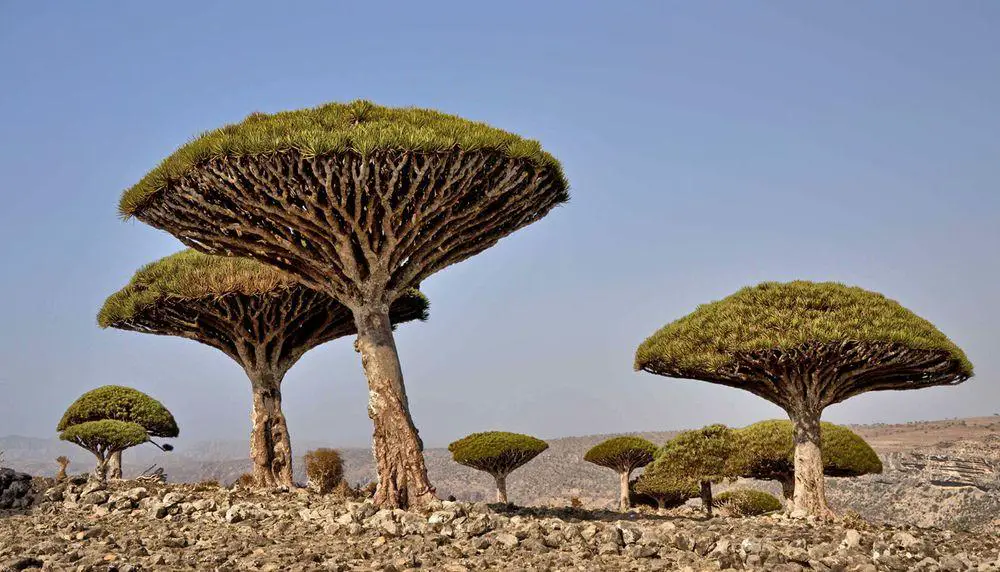
Ecosystems
Biotope is a rather small area with uniform environmental conditions and a specific community of life. Wondermondo describes biotopes and ecosystems which have striking looks, look very beautiful, or have other unusual characteristics.
 Recommended books
Recommended books
Phasmid: Saving The Lord Howe Island Stick Insect
Sometimes a story of animal survival in the wild is so unbelievable that you couldn’t possibly think it was true. This is one such story, of how a few dedicated people rediscovered a lost species, and others are working together to save it from extinction.

